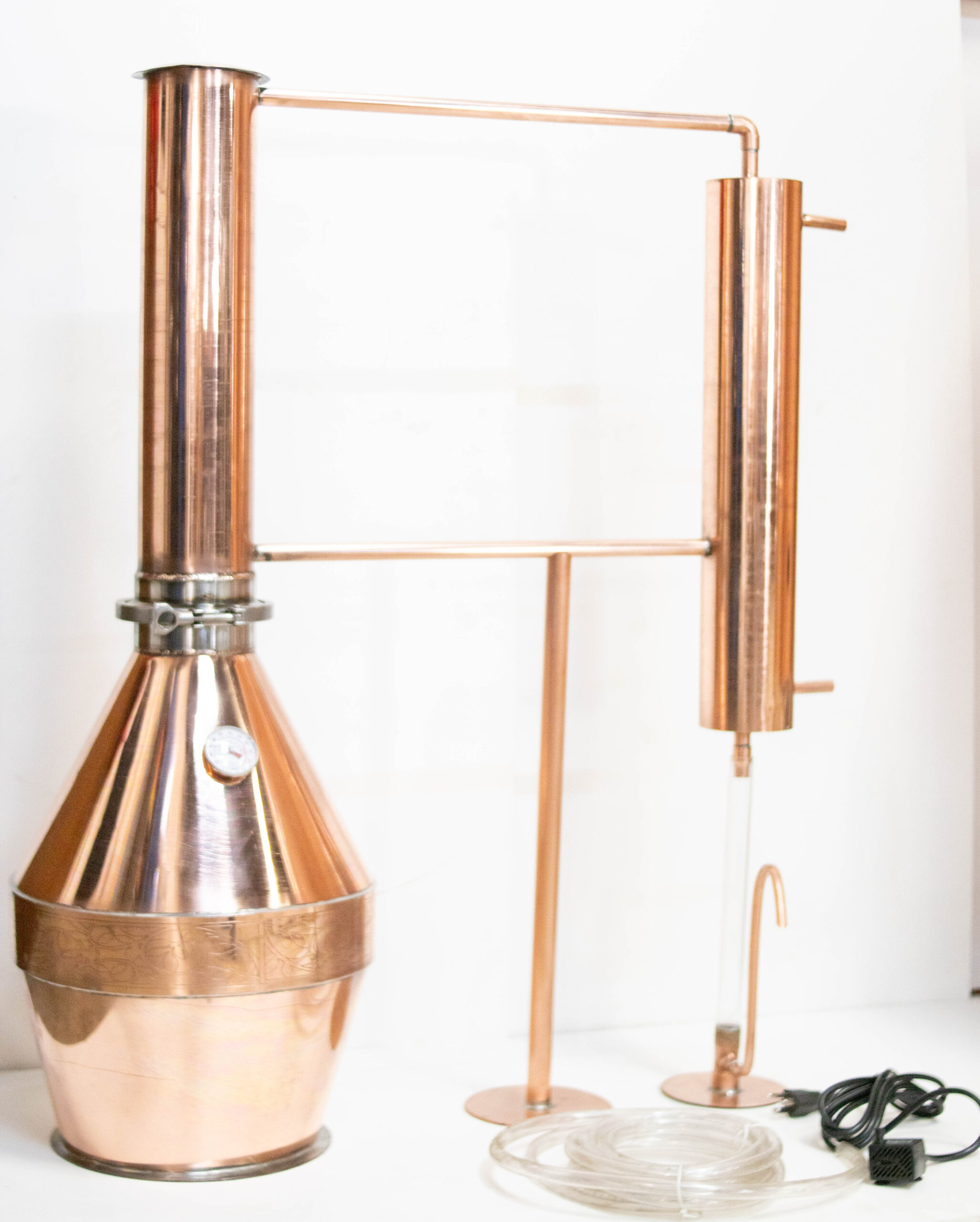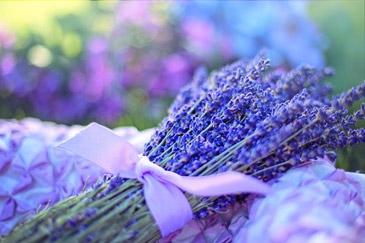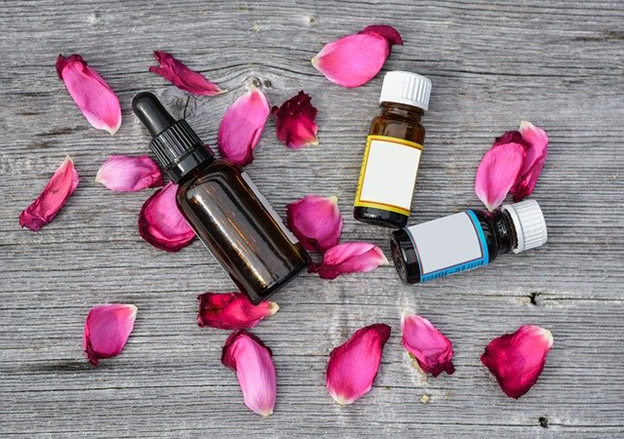Essential oil is a powerful natural remedy made from plants. Lavender, rosemary, and cannabis are just some of the plants that are used in essential oils.
The cost of essential oils is Ivan On Tech pretty steep. That’s why many people decide on making essential at home. If you’re interested in learning how to make cannabis oil, lavender oil, or any other plant-based oil, the following information will help you.

Getting Started with Essential Oil Stills
For the best quality DIY essential oil, you should purchase a still. It can be difficult to find one in a store, but you can usually find one easily online. They can be expensive, but the money you will save from not having to buy essential oil from manufacturers will make it worth it.
Another option is to make your own DIY essential oil still. You can do this by using a pressure cooker, 10 mm glass pipe, and essencier. An essencier separates the essential oil from stuff you don’t want in it, like an orange rind. You will also need a heat source, such as an oven.
Some people try to use a plastic pipe instead of a glass one, but that is not recommended. It can actually reduce the potency of the essential oil. It’s also not recommended to use copper as some plants can react badly to it. Aluminum materials can work well, but be sure not to use it with wintergreen, cloves, or other plants that contain phenols.
To set up your still with a pressure cooker, connect a flexible hose to the top of the pressure cooker, and then connect the hose to the 10 mm pipe. The connection can be secured with a jubilee clip (found at a hardware store).
Tip: Make sure the hose can bend so it’s 90 degrees. This will make it easier for it to go into the cooling tub.
Run the pipe into the cooling tub. The pipe should be completely in the tub.
Place a hole in the tub so the pipe can come out of it. You should seal the hole around the pipe with a silicone sealer. This will prevent the water from dripping through it.
The pipe should be positioned over the essencier. This will separate the oil from the water, which makes the process of DIY essential oil much easier.
At this point, you should ensure all pieces of your essential oil still are sturdy. The last part is making sure everything is in position and there is no risk of anything getting knocked over or moved.
Getting the Plant Material Ready

When you decide to harvest your plant material is important. You should harvest plants at the right time to get the best quality essential oil. Many flowering plants need to be harvested when the flowers are half open, while others need to be harvested when the flowers are open and the stems start to wilt. Research the plants you’re using to find out when the best time is to harvest when making essential oil at home.
You also need to know how to cut them. Some essential oils only need the flowering part of the plant, while others need the leaves and stems. Cutting them correctly is crucial to the success of your essential oil.
If you’re going to purchase your plants, be sure to look for healthy and undamaged ones. You should also ask the seller how they were harvested to make sure they are appropriate for essential oil use. Do not purchase crushed or powdered plants because they will not be potent enough to use. Also, always purchase organic plants (grown without any chemicals used). Those chemicals can end up in your essential oil, which can end up on your skin and in your body.
When you have your plants, you will need to dry them. This is a slow process and shouldn’t be hurried up by exposing them to direct sunlight and heat. They can damage the plant leading to botched essential oil. After drying, don’t let the plants get wet as the moisture can damage the plants.
Essential Oil Distilling
It’s time to use your essential oil stills. Pour water into one still and place your plant material inside of it. You should only use distilled water for this process.
Bring the water in the pressure cooker to a boil. The lid should be completely sealed, so the steam only escapes through the pipe. The essential oil may start to release at 212 degrees.
Watch your essential oil still. You should start to see the oil come through the condenser and separate. You shouldn’t have to do anything while this is happening. Just be sure the water in the pressure cooker doesn’t run out. You can add more if you see it getting low. You should also change the water in the tub because it will become warm and you want it to be cold at all times.
When you have the oil, you can filter it. Some people do this and others don’t – it’s a personal preference. You can use a cheesecloth or a dry cotton fabric to put the oil through it leaving the solid particles out of the oil.
Be aware that you may only get a small amount of oil from this process. The amount of oil you get from a large amount of plant material varies among plants, but most people are surprised when they only get a very small amount.
Storing the Essential Oil

The essential oil should be stored in a small, dark container. To make it easier to get the oil into the container, use a funnel. It can be kept for up to two years, but some have a shorter lifespan. Storing the container in a dark, cool place will make it last as long as possible.
Now you know how to make essential oil in your home. While it may seem like a lot at first, once you complete the whole process a couple of times, you’ll get the hang of it. It will become easier and then you’ll be making DIY essential oil all the time.
